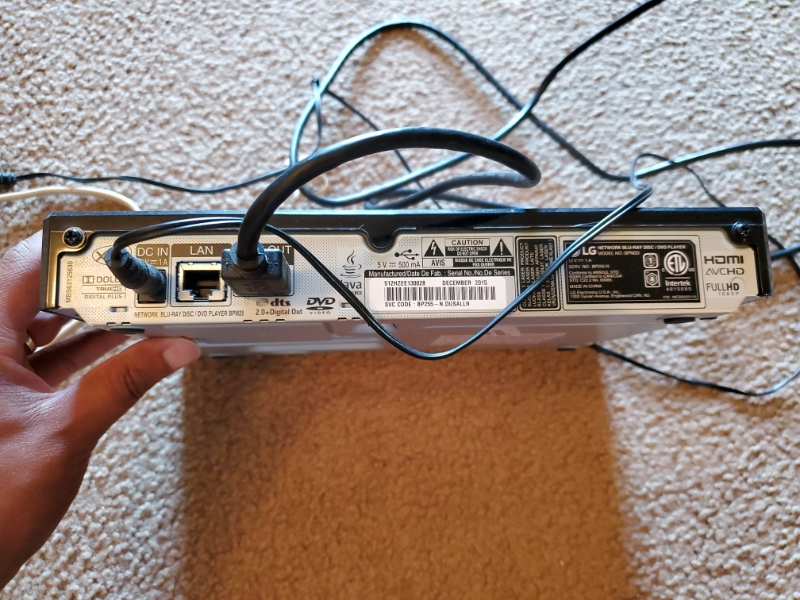5 Achievable New Year’s Resolutions for Adjusters

Don’t start the new year with seemingly unfeasible expectations – at least not without a plan of action. We’ve created a list of 5 achievable New Year’s resolutions for adjusters that will help make claims handling easier, more accurate, and quicker. They can be accomplished not only this year but for years to come.
1. Keep Customers at the Forefront
It’s easy to look at the list of claims that need to be settled and forget that behind each one is a person, family, or business that is really being affected. Resolve to offer a better customer and policyholder experience this year.
Start by contacting your insured quickly after submitting the claim, provide continuous feedback about where it is in the process, and deliver understandable explanations about why decisions were made. Keep each conversation friendly but professional while showing empathy for their situation regardless of the final claim resolution.
Need more ideas? Follow these tricks adjusters use to make their policyholders happy.
2. Focus on Verifying Data

Policyholders may provide a lot of information with a claim – what they think caused the damage, descriptions of equipment, and contractor estimates for repairs or replacements. Commit to verifying everything to ensure the settlement is based on the best data.
Among the steps are to confirm cause of loss and scope of damage through comprehensive assessments handled by knowledgeable and experienced professionals. This way you know you’re only settling for equipment that’s really damaged and that it’s by a peril covered by the insured’s policy.
Take this resolution a step further and review market pricing and labor costs for recommended repair and replacement expenses to make sure what your policyholder is paying – and what the carrier is settling for – is in line with best practices.
What happens when you let this resolution go by the wayside? Check out this adjuster and policyholder’s Scary Story
3. Learn a Little About Equipment or Claims Trends Each Month

You don’t have to be an expert on everything that’s included in your policyholders’ claims. But it’s important to know a little bit about some of the items, particularly complex and everchanging electronics and specialty equipment. Resolve to learn more about equipment and industry trends each month.
By understanding how items work or what perils are more likely to affect them, you know more about what to expect from a claim – and if it looks like it may need a more thorough investigation. Plus, it’s a good practice to keep up with industry trends, gain insight into what other adjusters are doing to improve their jobs, and obtain continuing education, regardless if you need it for your licensing.
Don’t know where to start? Bookmark this electronics claims resource library that includes guides, articles, and pre-recorded webinars to keep this resolution on track.
4. Ask for Help – From the Right Person
Most resolutions fail because people don’t have a clear action plan, or they try to do everything themselves without outside support. This year, resolve that it’s OK to ask for help.
Adjusters strive to verify data and settle claims as accurately and quickly as possible. You need support from someone who aligns with those objectives and can make them come to fruition. It’s important to find a claims assessment partner that is knowledgeable and experienced enough to deliver comprehensive solutions to fit your needs.
Need to know what to look for in a claims partner? Watch this short video about Choosing a Damage Assessment Vendor.
5. Have a Process to Streamline How Claims Get Handled

Many people make resolutions to get organized, and adjusters should have that pledge too. Organize the claims process by having a streamlined method to settle claims faster, more accurately, and consistently.
If it doesn’t sound feasible, consider this scenario. You receive a first notice of loss of an electronics claim with lightning or surge as the claimed peril. If your company has an integrated process, like what one company did with StrikeCheck Lightning Verification Reports, an automated system verifies the policy was in force and that lightning was present and could have caused the damage. If it was, a desktop review is completed, and if it wasn’t, the onsite inspection process begins. Adjusters don’t ever have to look at the claim until it’s time to review the verified, comprehensive data to settle it.
StrikeCheck can help you keep your resolutions this year with our variety of services. We are the nation’s leading provider of damage assessments for electrical systems, delivering comprehensive reports that give cause of loss, scope of damage, and recommended repair and replacement options at market cost. Our lightning verification reports can be integrated into the carrier’s process or used on individual claims to pinpoint lightning within a 5-mile radius over a 7-day period. Desktop reviews confirm equipment availability and market value pricing.
Submit a claim to already begin achieving your new year’s resolutions. By not having to stress about how to achieve your work-related goals, you can focus more on your personal ones – or at least still feel accomplished if you find yourself on the couch overindulging on cookies.
